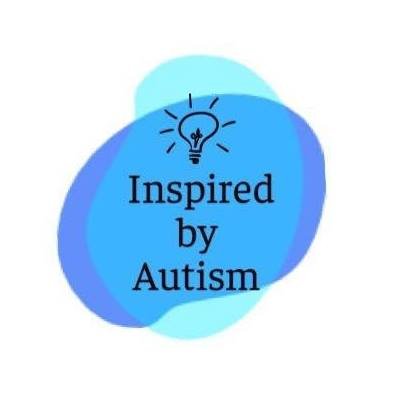Top Ten Tips for Teaching Autistic Students.
Schedule/Routine: Create a routine and make students aware of it. Keep the general routine of the day/week the same, prepare students for upcoming changes using social stories, visual schedules, etc.
Visuals, visuals, visuals! Autistic people are very often visual learners. Visual information is more concrete and lasts longer than verbal instruction for our students. Visuals such as; schedules, choice boards, social stories and task analyses should be readily available to students.
Don’t be afraid to scrap the lesson plan! A lesson plan is just that, a plan. If it is not working, students are not engaged or have other needs at that time - let it go!
Our kids NEED to move: Autistic students need movement and sensory input to regulate their bodies, if they are dis-regulated, they won’t be available to learn. Schedule movement breaks & OT exercises, give students access to fidget toys, wobble cushions, etc. If a student loses focus mid-lesson, offer them a movement break.
Respect the stim! Autistic students stim for a reason, it is meeting a need. Unless it is dangerous don’t stop it. If it interferes with the student’s learning, try to help the student find other ways of meeting the same need e.g., through OT exercises, etc. and allow time in planning the student’s day to allow for sensory time to engage in self-stimulatory activities prior to teaching time.
Teach coping strategies: If students are lashing out and engaging in aggressive behaviors when they are upset, it is often because they don’t know how else to cope. Teach coping strategies, such as asking for a break, taking deep breaths, going for a walk, using ear defenders, etc.
Respect and incorporate student’s special interests into activities: Autistic people often have special interests; things that they adore and are highly knowledgeable about. Many autistic people say that their special interest relieves stress for them. Allow time for special interests & incorporate special interests into activities where possible.
Positive reinforcement: For example; use of token economy systems to motivate and encourage students and to help them focus and remain on task throughout the day.
Sometimes less is more! Autistic students can sometimes become overwhelmed by language. If a student is stressed and in crisis, stop talking - now is not the time to reason or explain. Verbal language at this time may be difficult for the student to process & be seen as more demands, leading to greater overload and distress. Stop, wait, give time & use visuals if necessary.
What works for one student, isn’t necessarily going to work for all: See each student as an individual - get to know each student individually, their unique interests, abilities, strengths and challenges. Try out different strategies, resources and methodologies.
